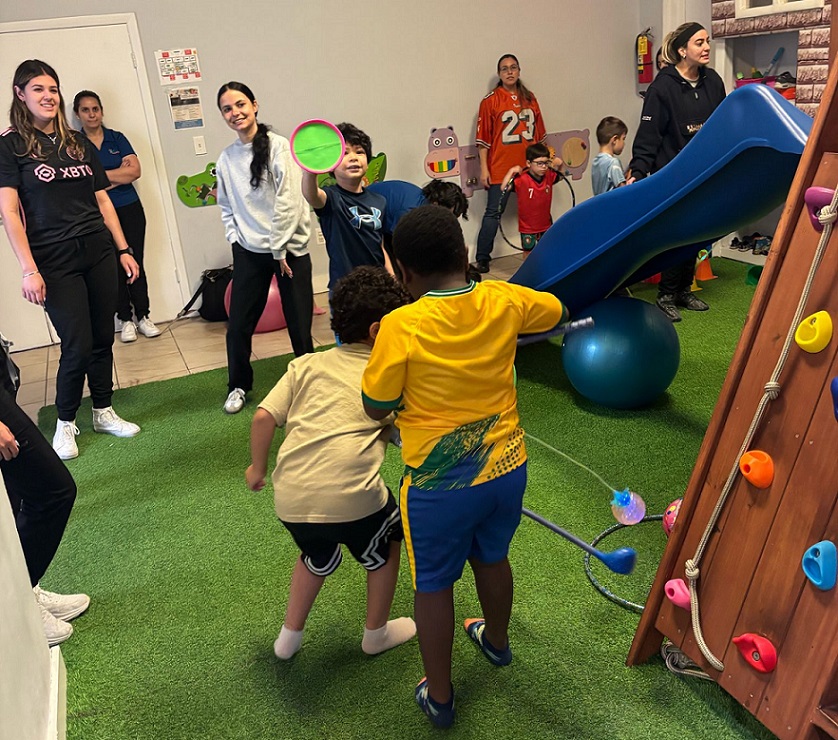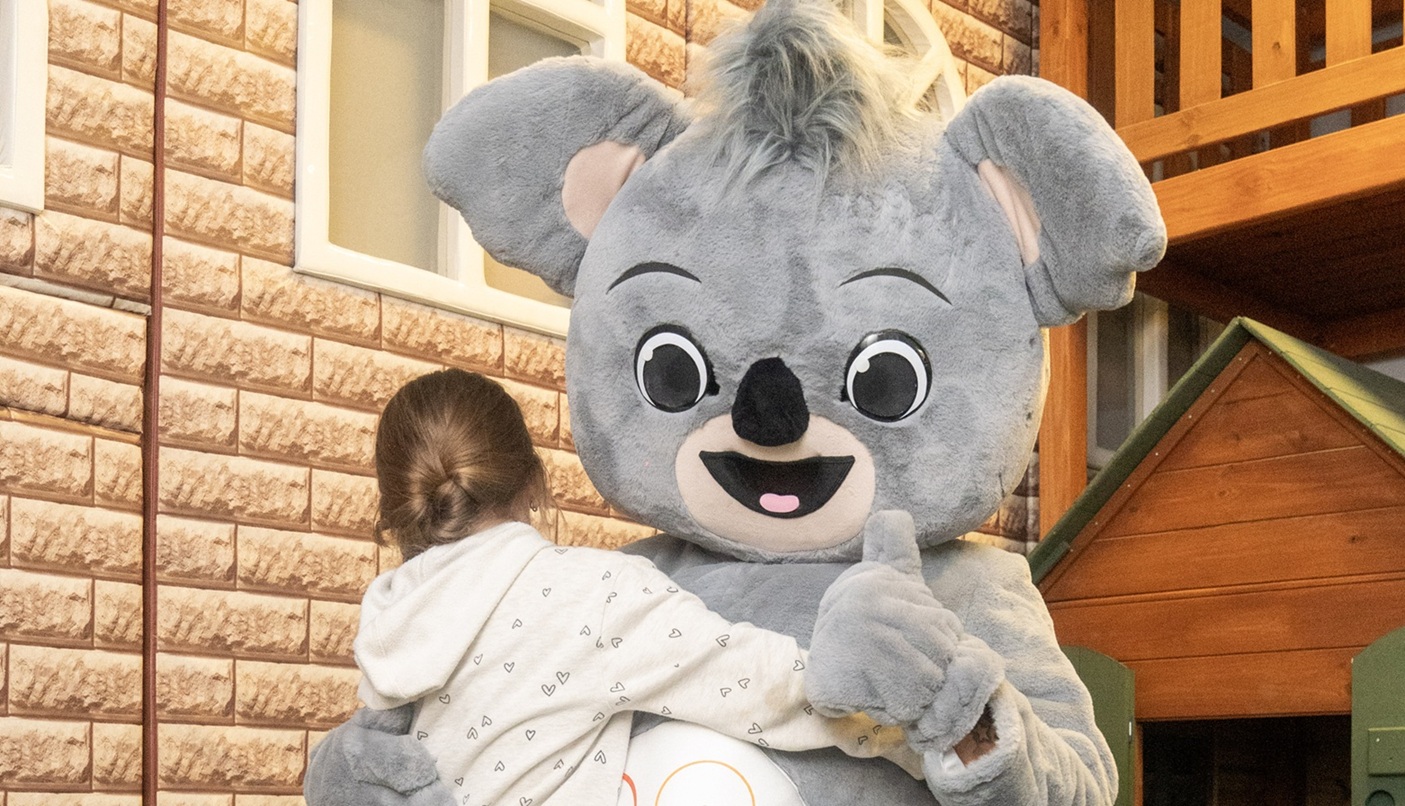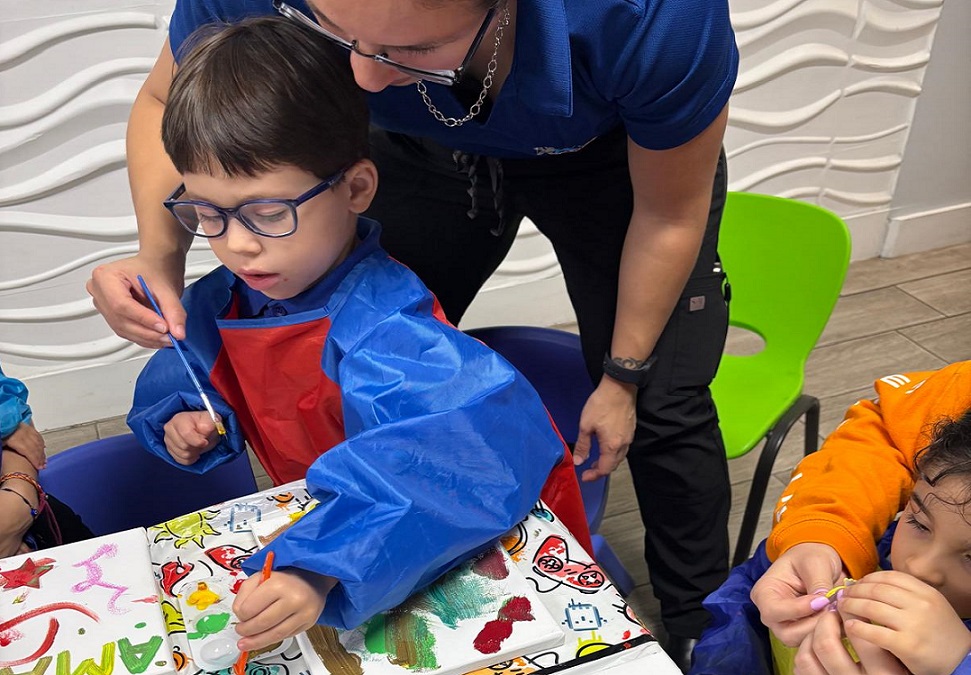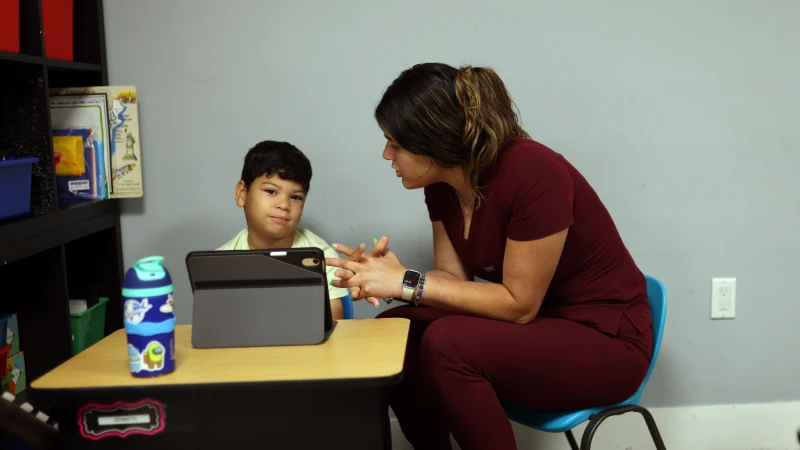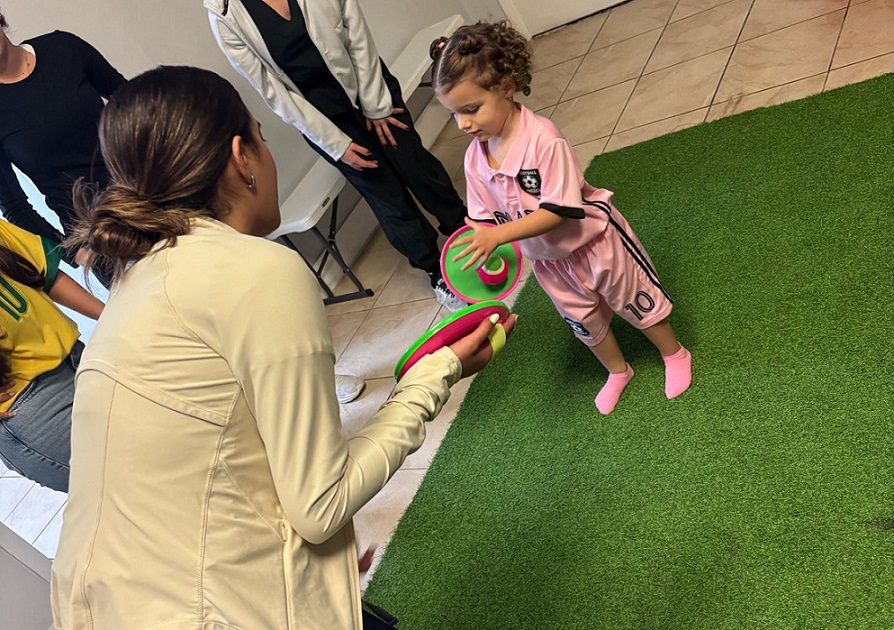Autism is not a learning disability but rather a unique way of experiencing and processing the world. As a result, teaching autistic children requires an approach that embraces their individuality, recognizing that even within the neurodivergent community, no two individuals are alike.
For parents, navigating schools for autistic children and understanding Individualized Education Plans (IEPs) can feel overwhelming. Since the right educational environment can make a significant difference in a child’s development, exploring the options available is essential.
In this article, we’ll address common concerns, explore special education choices, and provide valuable insights to help children with ASD thrive in the classroom.
U.S. Education Framework: Opportunities for Special Education in Public Schools
With a rising number of autism diagnoses in the U.S., families are actively seeking the best ways to support their children’s learning needs. According to the CDC, 1 in 6 children aged 3 to 17 is diagnosed with an intellectual or developmental disability, reinforcing the need for tailored educational solutions.
In the United States, the Individuals with Disabilities Education Act (IDEA) ensures that all eligible children with disabilities, including autism, have access to a Free Appropriate Public Education (FAPE) in the Least Restrictive Environment (LRE). This means that, whenever possible, autistic students should be educated alongside their neurotypical peers, with the necessary accommodations and support to help them succeed.
While many autistic children flourish in inclusive public school settings, others require specialized schools that provide more structured interventions. The decision on the right educational placement is highly individualized and depends on the child’s level of support needs.
Specialized Schools for Children with Autism: Who Needs Them?
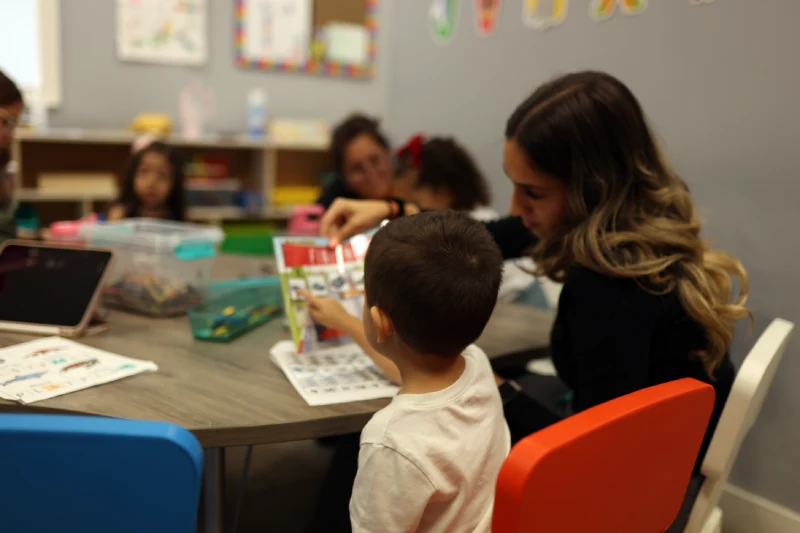
While inclusion in mainstream schools is the goal for many children with autism, some require more intensive support that only specialized programs or schools can provide. The appropriate educational setting typically aligns with the child’s level of support needs:
- Level 1 (Requiring Support): Children at this level may have mild social and communication difficulties but can function in a general education setting with minimal support, such as social skills training and classroom accommodations.
- Level 2 (Requiring Substantial Support): These children face more pronounced social and communication challenges and often benefit from a mix of general education and specialized instruction, such as resource rooms or small-group learning environments.
- Level 3 (Requiring Very Substantial Support): Children with significant impairments in communication, behavior, and daily functioning may require intensive, highly structured educational settings, including specialized schools for autistic children with dedicated therapies and one-on-one instruction.
Regardless of the setting, the ultimate goal is to create an environment where the child can make meaningful progress, whether in an inclusive classroom or a specialized program.
Essential Curriculum Adaptations for Teaching Autistic Children
Every student has unique learning needs, but differentiation in teaching methods is especially critical for neurodivergent learners. While many autistic students excel academically, they may face challenges in areas such as social interactions, sensory processing, or adapting to traditional classroom structures.
One of the biggest hurdles for autistic students is meeting the curricular demands of a standard classroom in a way that aligns with their learning styles and strengths. Therefore, in schools for children with autism, teaching strategies should be flexible and tailored to support each student’s success.
Some essential classroom adaptations include:
- Structure and Predictability – Establishing a clear and consistent schedule helps autistic students feel secure, reducing anxiety and improving focus.
- Clear and Simple Instructions – Using direct, unambiguous language, visual aids, and step-by-step guidance to enhance comprehension.
- Sensory Breaks – Creating quiet zones or allowing sensory breaks to help students regulate emotions and maintain focus.
Developing Communication Skills in Autism-Friendly Classrooms
Communication can be one of the most significant challenges for students with autism, especially in social interactions. This challenge is particularly evident when autistic children learn alongside neurotypical peers in an inclusive classroom setting.
In such environments, educators must be aware of these communication difficulties and adjust their teaching methods to support autistic students effectively.
What should be included in an Autism-Friendly Classroom:
- Visual Supports – Using images, picture cards, or structured charts to facilitate comprehension and self-expression.
- Social Skills Development – Modeling appropriate behaviors and creating structured opportunities for positive social interactions.
- Encouraging Written Communication – Providing opportunities for students to express themselves through writing, typing, or assistive communication devices.
- Promoting Collaboration – Cultivating an inclusive classroom culture where autistic students feel valued, supported, and integrated into the school community.
Individualized Education Plan (IEP)
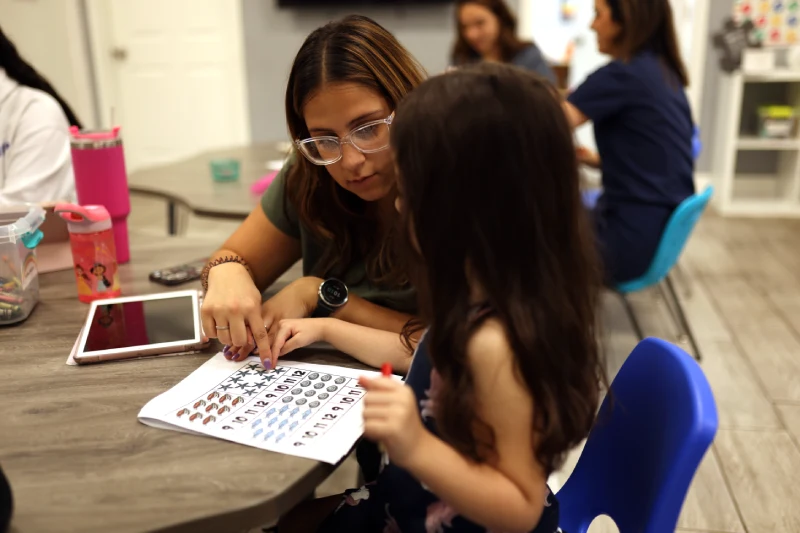
An Individualized Education Plan (IEP) is a vital tool that ensures autistic students receive the personalized support they need to succeed academically and socially. It provides educators with a structured framework, outlining specific goals, accommodations, and intervention strategies tailored to each student’s strengths and challenges.
A well-designed IEP should be comprehensive, adaptable, and reflective of current best practices, incorporating technology, specialized teaching methods, and ongoing professional development to enhance its effectiveness.
Key Components of an Effective IEP
- Comprehensive Assessments – A thorough evaluation of the student’s learning style, sensory needs, strengths, and areas requiring support, forming the foundation for a customized approach.
- Targeted Goals – Clearly defined short-term and long-term objectives focusing on academic progress, communication skills, social interaction, and emotional well-being.
- Classroom Accommodations – Adjustments such as visual schedules, sensory-friendly spaces, and assistive technology to make learning more accessible.
- Behavioral Support Plans – Individualized behavior management strategies, including positive reinforcement, structured routines, and de-escalation techniques.
- Technology Integration – Incorporating AAC devices, interactive learning platforms, and robotics to enhance engagement, communication, and skill development.
- Ongoing Educator Training – Ensuring teachers stay updated on evidence-based practices and the latest advancements in autism education.
- Collaborative Approach – Strengthening communication between teachers, parents, therapists, and specialists to maintain consistency in the student’s learning environment.
A well-implemented IEP creates an inclusive and structured setting where autistic students can develop confidence, independence, and essential life skills.
Effective Teaching Strategies for Autism-Friendly Classrooms
Educating autistic students requires a thoughtful and proactive approach, particularly in managing behaviors influenced by anxiety, frustration, or sensory sensitivities. Teachers play a crucial role in creating an environment that supports both academic growth and emotional well-being.
By applying evidence-based strategies, educators can enhance student engagement while fostering a positive and structured learning atmosphere.
Key Strategies for Educators
Behavioral Intervention Techniques – Implementing proactive strategies to prevent and manage challenging behaviors, creating a safe and supportive classroom.
- Personalized Behavioral Support Plans (BSPs) – Developing individualized plans that include preventive measures, intervention techniques, and positive reinforcement methods.
- Incorporating Special Interests – Designing lessons that integrate students’ unique interests to boost motivation and focus.
- Leveraging Technology – Utilizing assistive devices, educational apps, and interactive platforms to make learning more engaging and accessible.
- Continuous Professional Development – Staying updated on emerging research, innovative teaching methods, and autism education advancements to refine teaching approaches.
By implementing these strategies, educators empower autistic students to reach their full potential in a structured, inclusive, and adaptive learning environment.
Frequently Asked Questions in Choosing the Right School for Autistic Children
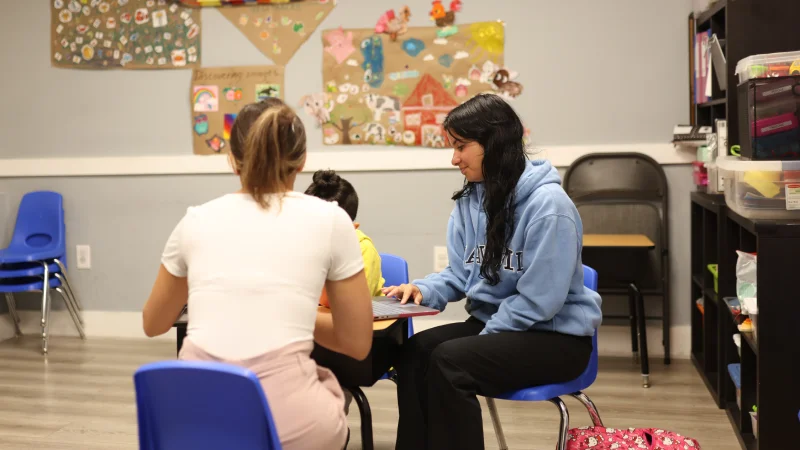
Q: How long does it take for an Individualized Education Plan (IEP) to be fully implemented?
A: The timeline for implementing an IEP can vary, but it typically begins as soon as the plan is developed and agreed upon by the child’s education team. After the IEP is created, it is usually implemented immediately, and it should be reviewed at least annually to ensure it continues to meet the child’s evolving needs.
Q: What should parents know about transitioning their child with autism between schools?
A: Transitions can be challenging for children with autism, as they may struggle with changes in routine and environment. Parents should work closely with the schools involved to ensure a smooth transition. This might include visiting the new school ahead of time, meeting with teachers and staff, and setting up a gradual transition plan.
Q: Can a child with autism ever be removed from a specialized program if they progress?
A: Yes, if a child with autism makes significant progress and their needs are better met in a less restrictive environment, they may transition out of a specialized program. This decision is made collaboratively, with input from teachers, specialists, and parents.
Q: What are the signs that a specialized school is the right choice for my child with autism?
A: A specialized school may be ideal if your child struggles in a mainstream setting due to social, communication, or sensory challenges. With tailored therapies, smaller classes, and structured support, these schools provide the focused care some children need to thrive.
Koala ABA & Learning Center: Supporting Special Education Needs

At Koala ABA & Learning Centers, we recognize that every autistic child learns differently. That’s why we provide comprehensive psychological and educational assessments to ensure each child receives personalized support from our team of specialists, including pediatricians, psychologists, neurologists, speech therapists, and occupational therapists.
Our Special Education Program is designed to help children thrive academically, socially, and emotionally through:
- Individualized Education Plans (IEPs) – Tailored learning objectives and intervention strategies.
- Small Class Sizes – Ensuring individualized attention for academic and behavioral growth.
- Structured Learning Environments – Sensory-friendly, distraction-free classrooms.
- Behavioral & Social Support – Integrated behavioral intervention plans and peer interaction training.
- Transition Assistance – Helping students successfully integrate into mainstream education when appropriate.
At Koala ABA & Learning Centers, we are committed to providing a nurturing, specialized learning environment where children with autism gain confidence, develop essential skills, and reach their full potential.
Discover how Koala ABA & Learning Centers can support your child’s educational journey today! Schedule a Tour Now!



